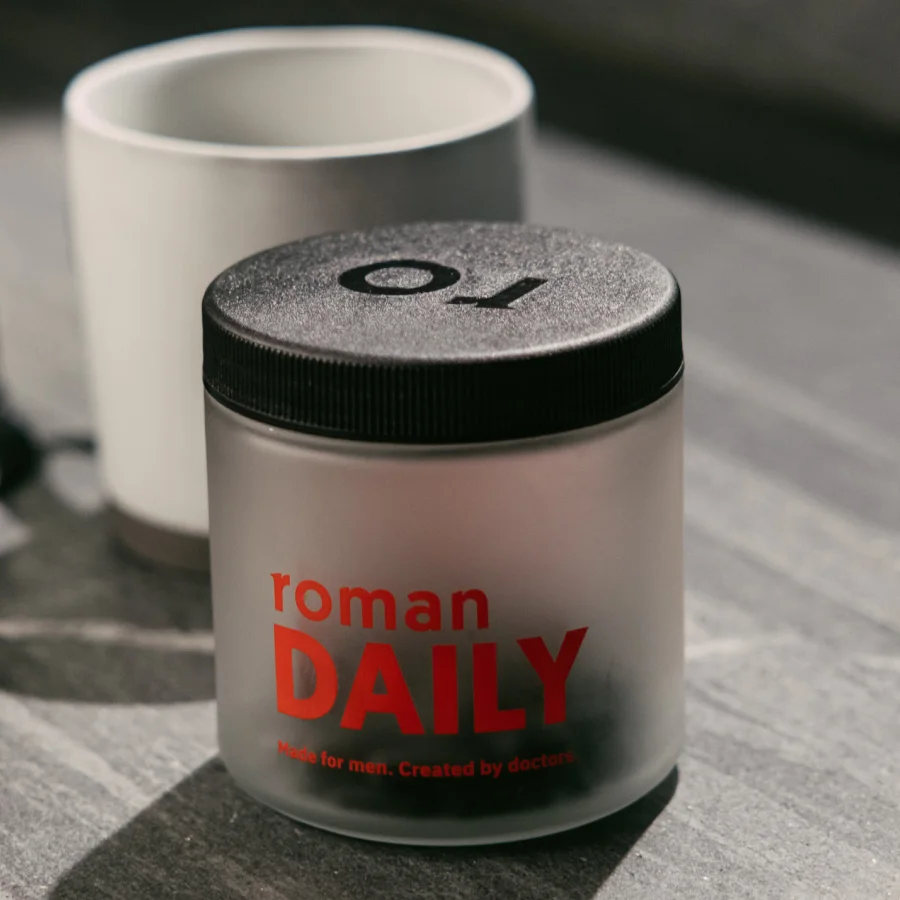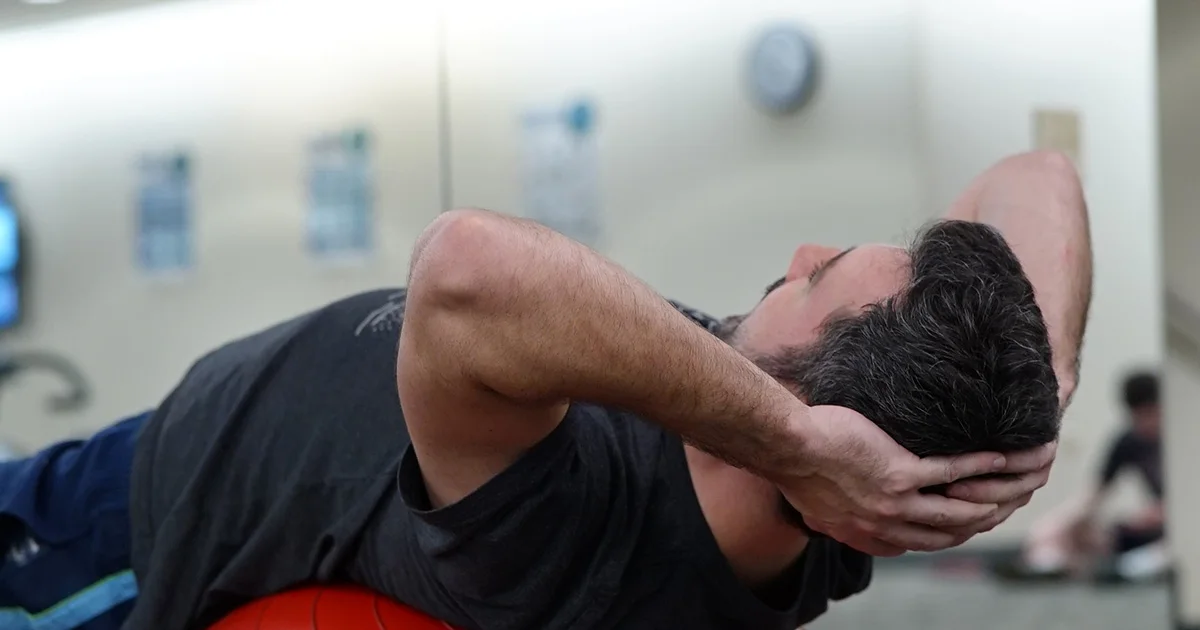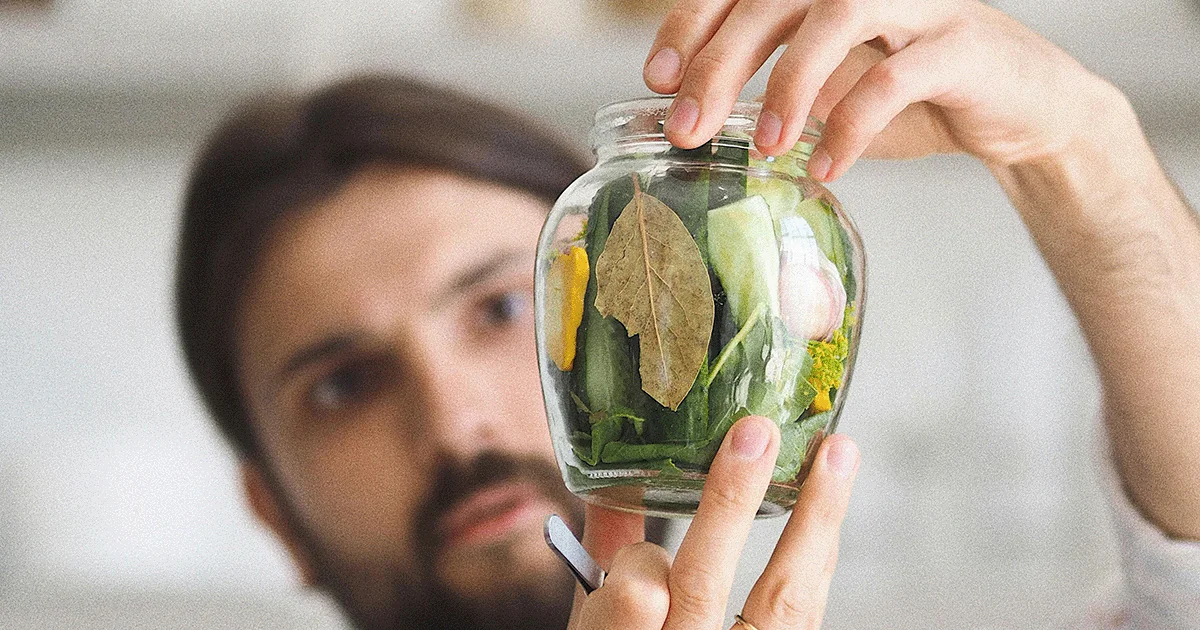Here's what we'll cover
Here's what we'll cover
In recent years, vitamin D has gotten more good publicity than money can buy. Experts say that many of us are deficient, and we should get more to guard against serious health conditions like heart disease and cancer.
Plot twist: our bodies produce vitamin D in response to the skin’s exposure to the sun, which comes with its own risks. Is it possible to get enough vitamin D from the sun?
What is vitamin D?
Vitamin D, a.k.a. “the sunshine vitamin,” isn’t actually a vitamin. Technically, it’s a prohormone (something the body makes and converts to a hormone) that has a role in several important bodily processes.
Vitamin D is produced when sunlight hits the skin, spurring the body to produce a substance that the liver and kidneys convert to forms usable by various organs and systems. Vitamin D is found in a variety of foods, including eggs and milk. But that variety is fairly small; our main source of vitamin D is the sun (Nair, 2012).
Benefits of vitamin D
Vitamin D seems to have several benefits, including preserving bone strength and preventing fractures and osteoporosis.
It also bolsters the immune system, protects against certain cancers (including breast and colon), and helps the body regulate blood sugar. This in turn reduces the risk of diabetes, heart disease, and stroke (Vacek, 2012).
Can you get enough vitamin D from the sun?
Experts have called vitamin D deficiency a silent epidemic. They estimate that 40% of Americans may be deficient in vitamin D, up to 1 billion people worldwide.
So you may be wondering: Is it possible to get enough vitamin D from sun exposure alone?
The answer is ¯\_(ツ)_/¯.
Well, that’s a bit flip. Maybe a better question would be: Should you try?
Let’s break it down. Sun exposure produces a significant amount of vitamin D. Exposing your sunscreen-free face, arms, legs, or neck to the sun for five to 30 minutes—between 10 a.m. and 3 p.m., at least twice a week—can result in a sufficient production of vitamin D.
Being in the sun long enough to produce a pinkish tint after 24 hours can produce 10,000 to 25,000 IU of vitamin D (Holick, 2008).
Caveats: people with darker skin have natural sun protection and need 3–5 times as much time in the sun to produce an equivalent amount of vitamin D as pale-skinned people. And wearing an SPF 30 sunscreen can reduce your vitamin D production by as much as 95% (Nair, 2012).
Still more caveats: during winter in much of the Northern Hemisphere—imagine north of a horizontal line from Philadelphia to San Francisco—it’s impossible to get enough sun exposure to generate sufficient vitamin D.
That’s because, as you’ll recall from third-grade science, the earth tilts away from the sun during the winter months. So even if you could endure subzero temps to sunbathe, you wouldn’t get the same level of sun exposure that generates vitamin D during summer.
There’s an advantage to getting your vitamin D from the sun. It can last twice as long in the blood as vitamin D consumed orally. But there’s a distinct disadvantage to being in the sun without sunscreen: exposure to the sun’s UV rays can increase your risk of skin cancer.
So it’s not a great idea to try and bank enough D with summer sunbathing.
Other ways to get vitamin D
How much vitamin D should you get daily? The Office of Dietary Supplements at the National Institutes of Health recommends a daily intake of 600 IU (15 mcg) for adults up to age 69 and 800 IU (20 mcg) for adults 70 and older. That’s between food and supplements.
Some experts maintain that’s not enough and recommend higher daily amounts (Aloia, 2008).
But don’t overdo it. Vitamin D is fat-soluble, meaning it’s stored in the body—you don’t pee away the excess, as you do with many vitamins. But the body can only hold so much, and vitamin D toxicity is possible. The tolerable upper daily limit is 4,000 IU (100 mcg), according to the NIH.
Good sources of vitamin D include fatty fish (such as salmon and tuna), fish oil, fortified milk, eggs, and fortified breakfast cereals. For example, 3 oz. of salmon provides 570 IU, a cup of 2% milk has 120 IU, and one egg (including the yolk) provides 44 IU (NIH, n.d).
You could also take a vitamin D supplement. Remember that, unlike prescription drugs, the U.S. Food and Drug Administration does not regulate supplements as tightly. So be sure to do your research and ensure you’ve chosen a reputable brand before you buy.
If you’re concerned that you might have a low level of vitamin D, talk with your healthcare provider, who can check your vitamin D status with a simple blood test.
DISCLAIMER
If you have any medical questions or concerns, please talk to your healthcare provider. The articles on Health Guide are underpinned by peer-reviewed research and information drawn from medical societies and governmental agencies. However, they are not a substitute for professional medical advice, diagnosis, or treatment.
Aloia, J. F., Patel, M., Dimaano, R., Li-Ng, M., Talwar, S. A., Mikhail, M., Pollack, S., & Yeh, J. K. (2008). Vitamin D intake to attain a desired serum 25-hydroxyvitamin D concentration. The American journal of clinical nutrition, 87(6), 1952–1958. doi10.1093/ajcn/87.6.1952. Retrieved from https://pubmed.ncbi.nlm.nih.gov/18541590/
Aranow C. (2011). Vitamin D and the immune system. Journal of investigative medicine : the official publication of the American Federation for Clinical Research, 59(6), 881–886. Retrieved from https://doi.org/10.2310/JIM.0b013e31821b8755
Bischoff-Ferrari, H. A., Willett, W. C., Wong, J. B., Giovannucci, E., Dietrich, T., & Dawson-Hughes, B. (2005). Fracture Prevention With Vitamin D Supplementation. Jama, 293(18), 2257. doi:10.1001/jama.293.18.2257
Holick, M. (2007). Vitamin D Deficiency. New England Journal of Medicine, 357(3), 266-281. doi:10.1056/nejmra070553. Retrieved from https://pubmed.ncbi.nlm.nih.gov/18400738/
Meeker, S., Seamons, A., Maggio-Price, L., & Paik, J. (2016). Protective links between vitamin D, inflammatory bowel disease and colon cancer. World journal of gastroenterology, 22(3), 933–948. https://doi.org/10.3748/wjg.v22.i3.933
Nair, R., & Maseeh, A. (2012). Vitamin D: The “sunshine” vitamin. Journal of pharmacology & pharmacotherapeutics, 3(2), 118–126. https://doi.org/10.4103/0976-500X.95506
National Institutes of Health, Office of Dietary Supplements (NIH). (n.d.). Vitamin D. Retrieved July 14, 2020 from https://ods.od.nih.gov/factsheets/VitaminD-HealthProfessional/
Schwalfenberg G. (2008). Vitamin D and diabetes: improvement of glycemic control with vitamin D3 repletion. Canadian family physician Medecin de famille canadien, 54(6), 864–866, https://pubmed.ncbi.nlm.nih.gov/18556494/
Vacek, J. L., Vanga, S. R., Good, M., Lai, S. M., Lakkireddy, D., & Howard, P. A. (2012). Vitamin D Deficiency and Supplementation and Relation to Cardiovascular Health. The American Journal of Cardiology, 109(3), 359–363. doi:10.1016/j.amjcard.2011.09.020. Retrieved from https://pubmed.ncbi.nlm.nih.gov/22071212/#:~:text=Vitamin%20D%20supplementation%20conferred%20substantial,cardiovascular%20disease%20and%20reduced%20survival










